Fiddle Leaf Fig Brown Spots
Danielle Robertson
7 years ago
Featured Answer
Sort by:Oldest
Comments (6)
Dave
7 years agolast modified: 7 years agoDanielle Robertson
7 years agoRelated Discussions
Mature Fiddle Leaf Fig issues - Yellow veins, brown spots
Comments (8)I only have edible figs, but I see you have advised people with houseplant figs over and over that this forum is for edible figs. I started looking for where it says that, and don't see anything unless it's the word ficus. Up at the top where it says "This forum is for the discussion of figs, those plants of the genus Ficus." You might add edible in front of the word figs....See MoreFiddle leaf fig issues: brown spot, root-rot?, re-pot, hopes shot :(
Comments (8)The contrast between "people time" and "plant time" can cause the grower some anxiety and frustration until the grower realizes there's a distinct difference and makes the adjustment by giving in to the idea that a plant has its own ideas about how long it should take to bounce back from adversity. Fortunately, the best form of resolution is usually no more complicated than procuring a few more plants so they can work as a team to satisfy your need to nurture. SOIL: I have perlite so I will add in more of that. Not sure if this is a bad idea, but I do have gravel I could mix in If you decide to include some gravel, use it in the bottom 6" of soil where it will displace the organic fraction of your medium that would normally be filled with water. This is a form of ballast. Don't use it as a layer, just mix it half and half with the bottom 6" of soil where the perched water table (excess water) resides. This in itself will reduce the amount of perched water your soil will hold by 1/2), and my neighbor has bark in her backyard that she said I could have some of to mix in if that's a good option for now? Depends ..... all bark is not created equal. Size and type of bark is very important. BALLAST/WICK: In reading through your posts I understand there are several ways to set these up, but I have an extra terra cotta and plastic pot so I figure this might be easiest? You mentioned covering the drainage hole in this post That reference was to the overturned pot you would be using as a form of ballast such that the rim of the pot would be down and the drain hole would face up. You don't want soil to drop through the drain hole in the ballast pot, so cover it. , but I also noticed [here[(https://www.houzz.com/discussions/dealing-with-water-retentive-soils-dsvw-vd~1415041) you said another option would be to leave the hole open and put soil underneath so that it acts as a wick. That is the pot-in-pot technique where the main pot is nested into another pot and rests on top of the soil in the lower pot. This soil acts as a wick. If the soil in the lower pot is deeper than the ht of the perched water table, ALL perched water should move from the upper pot into the lower pot. For this application, there should be nothing over the drain hole(s) in the upper pot - the one the plant is in. Would you suggest one over another in my situation? I would go for the pot as ballast + the gravel in the bottom 6" of soil as added ballast, and even a wick if you like (in the lower pot). I have two options for pots to put inside as ballasts, but I'm not sure which would be the best option. The terra cotta pot looks like it may not take up enough room to help with limiting PWT, but the plastic one may be too large? The plastic one is great - cover the drain hole in it. Ideally, there would be an inch or so of soil above the ballast pot. Fill in the sides with the 50/50 gravel soil mixture up to the top (former bottom) of the overturned pot - cover it with an inch of soil with no gravel - set the plant on the soil - fill in around the edges. As long as you're taking steps to eliminate perched water, it doesn't matter how large your pot is. You can put your plant in a 55 gallon drum if you like, w/o concern you'll be over-potting. ...... once I repot the plant into the better mixture and add the ballast, should I water the plant again or hold off given the amount of moisture already present in the soil? Plants do best when the soil is evenly damp/moist - never wet/soggy. Skip watering if your entire soil mass is moist. Keep in mind, with the steps you will have taken to eliminate perched water, over-watering shouldn't be a problem, as long as you're reasonable. You're making a soil serviceable that otherwise wouldn't be considered as such by a very large fraction of effectual growers, so it's best to try to minimize potential limitations. Use a 'tell'. If possible - site your plant away from heat sources, but in a warm spot with plenty of light. If possible, use a room humidifier and keep humidity in the 45-55% range. I keep my basement grow room at 55% by using a combination of home-made passive evaporative set-ups and 2 ultrasonic humidifiers. I have a R/O water system, so almost never have to clean the humidifiers. To eliminate potential for bacterial issues, I add an ounce of H202 (hydrogen peroxide) every time I refill the reservoirs. Al...See MoreFiddle leaf fig brown spots - Am I over or underwatering?
Comments (9)Your plant would do better if you watered according to the plant's needs instead of according to the calendar. Use a wooden tell, stuck deep into the pot to "tell" you when it's time to water. I'll leave something I wrote about using a 'tell' at the end of the post. In addition to over-watering, the reduction in light between the nursery/greenhouse where your plant was cultivated and where it's currently sited can cause leaf loss, though it's unlikely the leaves being shed would look like those in your images. Also, a high level of dissolved solids in the soil solution (salts from tap water and fertilizers, can produce symptoms as illustrated either actively or passively. Plants grown under heavy photo load (bright light) and good soil moisture levels can be fertilized at luxury rates without issues. The same plants that thrive with high light and high fertility can present as being over-fertilized just by moving them to a spot with lower light levels, so you should plan to flush your soil in the very near future if you haven't been doing that when you water. If you need help with that - just ask. Using a 'tell' Over-watering saps vitality and is one of the most common plant assassins, so learning to avoid it is worth the small effort. Plants make and store their own energy source – photosynthate - (sugar/glucose). Functioning roots need energy to drive their metabolic processes, and in order to get it, they use oxygen to burn (oxidize) their food. From this, we can see that terrestrial plants need air (oxygen) in the soil to drive root function. Many off-the-shelf soils hold too much water and not enough air to support good root health, which is a prerequisite to a healthy plant. Watering in small sips leads to a build-up of dissolved solids (salts) in the soil, which limits a plant's ability to absorb water – so watering in sips simply moves us to the other horn of a dilemma. It creates another problem that requires resolution. Better, would be to simply adopt a soil that drains well enough to allow watering to beyond the saturation point, so we're flushing the soil of accumulating dissolved solids whenever we water; this, w/o the plant being forced to pay a tax in the form of reduced vitality, due to prolong periods of soil saturation. Sometimes, though, that's not a course we can immediately steer, which makes controlling how often we water a very important factor. In many cases, we can judge whether or not a planting needs watering by hefting the pot. This is especially true if the pot is made from light material, like plastic, but doesn't work (as) well when the pot is made from heavier material, like clay, or when the size/weight of the pot precludes grabbing it with one hand to judge its weight and gauge the need for water. Fingers stuck an inch or two into the soil work ok for shallow pots, but not for deep pots. Deep pots might have 3 or more inches of soil that feels totally dry, while the lower several inches of the soil is 100% saturated. Obviously, the lack of oxygen in the root zone situation can wreak havoc with root health and cause the loss of a very notable measure of your plant's potential. Inexpensive watering meters don't even measure moisture levels, they measure electrical conductivity. Clean the tip and insert it into a cup of distilled water and witness the fact it reads 'DRY'. One of the most reliable methods of checking a planting's need for water is using a 'tell'. You can use a bamboo skewer in a pinch, but a wooden dowel rod of about 5/16” (75-85mm) would work better. They usually come 48” (120cm) long and can usually be cut in half and serve as a pair. Sharpen all 4 ends in a pencil sharpener and slightly blunt the tip so it's about the diameter of the head on a straight pin. Push the wooden tell deep into the soil. Don't worry, it won't harm the root system. If the plant is quite root-bound, you might need to try several places until you find one where you can push it all the way to the pot's bottom. Leave it a few seconds, then withdraw it and inspect the tip for moisture. For most plantings, withhold water until the tell comes out dry or nearly so. If you see signs of wilting, adjust the interval between waterings so drought stress isn't a recurring issue. Al...See MoreHelp me save this Fiddle Leaf Fig! Reddish brown spots on top leaves?
Comments (1)Looks a lot like photo-oxidation (sunburn). Is all the damage facing the same direction, as though it might have been caused by excessive light? The necrotic areas of the leaves can't be fixed. It will gradually dry until crispy and be a part of the leaf until it's shed. It definitely wants a full repot, which is much more involved than potting up. BTW - that plants will pout until they have 'adjusted to their new surroundings' is a horticultural myth, and I JUST finished talking about that topic on this thread. Al...See MoreDanielle Robertson
7 years ago
Related Stories

HOUSEPLANTSPlay Up Some Fiddleleaf Figs for a Lively Indoor Tune
Strike a dramatic chord in a minimalist scene or a country note in a rustic setting — fiddleleaf fig plants harmonize with any style
Full Story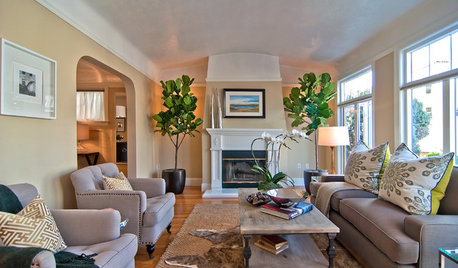
HOUSEPLANTSSee How Fiddleleaf Fig Trees Can Liven Up Your Decor
The tropical houseplant with big green leaves adds a cheerful and striking design element to rooms
Full Story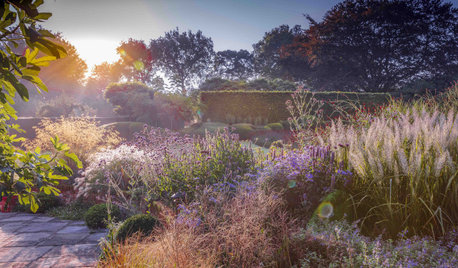
GARDENING GUIDESGot Frost-Damaged Plants? How It Happens, and When and How to Prune
Crispy brown leaves are a sure sign that Jack Frost has been to your neighborhood
Full Story
DECORATING GUIDES10 Ways to Spice Up Your Dining Room
Get this gathering spot ready for guests with a few ambience-enhancing tweaks
Full Story
MOST POPULARHouzz Tour: Easygoing and Elegant in White, Cream and Gray
The renovation of an 1860s Massachusetts home creates a sophisticated, serene and comfortable living space
Full Story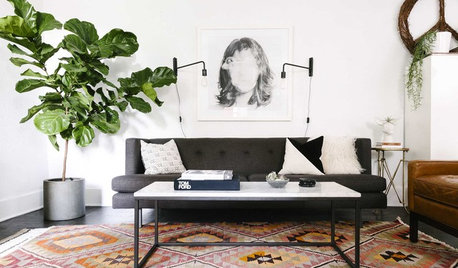
HOUSEPLANTS10 Top Plants to Grow Indoors
Brighten a room and clean the air with a houseplant that cascades artfully, stretches toward the ceiling or looks great on a wall
Full Story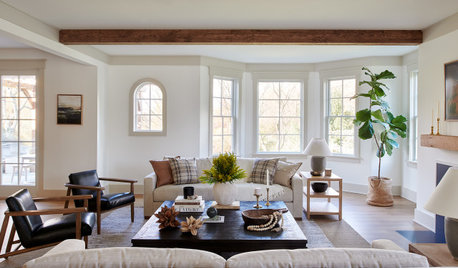
HOUSEPLANTS8 Essentials for Healthy Indoor Plants
Houseplants add so much to our homes — and can thrive when grown in the right conditions. Keep these tips in mind
Full Story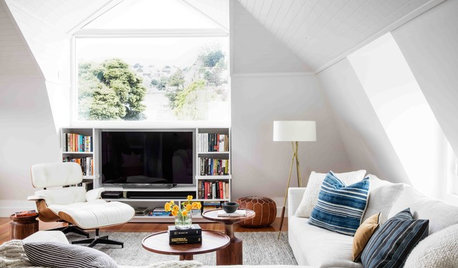
LIVING ROOMSNew This Week: How to Punch Up a Modern White Living Room
Consider these easy combinations to bring personality, color and texture to your neutral backdrop
Full Story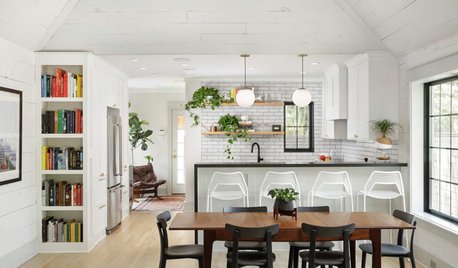
CONTAINER GARDENSHappy Houseplants, Happy People
Potted plants add life and beauty to a room. Learn easy ways to keep them healthy
Full Story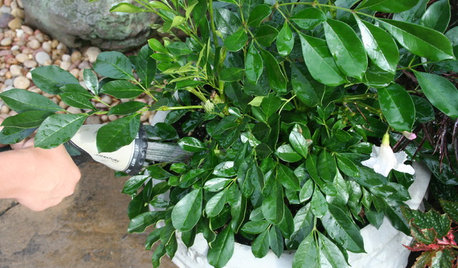
CONTAINER GARDENSContainer Garden Basics: How and When to Water Potted Plants
Confused about soil moisture, the best time to water and what watering device to use? This guide can help
Full StorySponsored
Columbus Area's Luxury Design Build Firm | 17x Best of Houzz Winner!

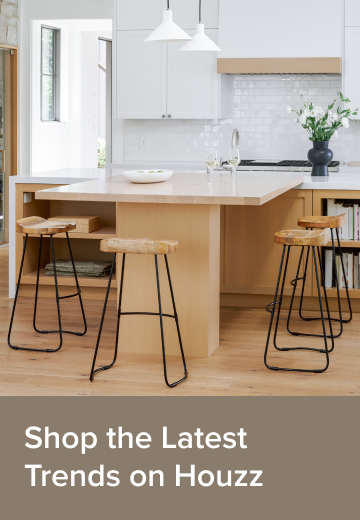


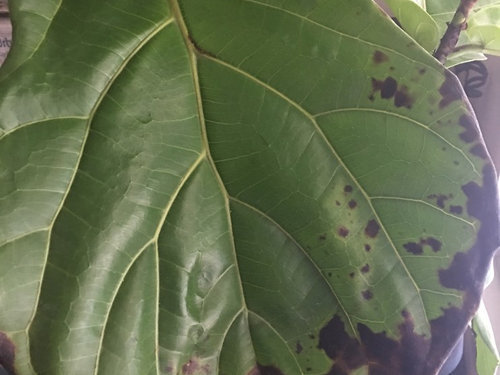
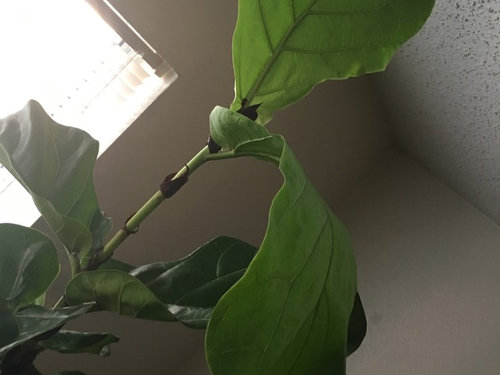


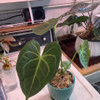

litterbuggy (z7b, Utah)